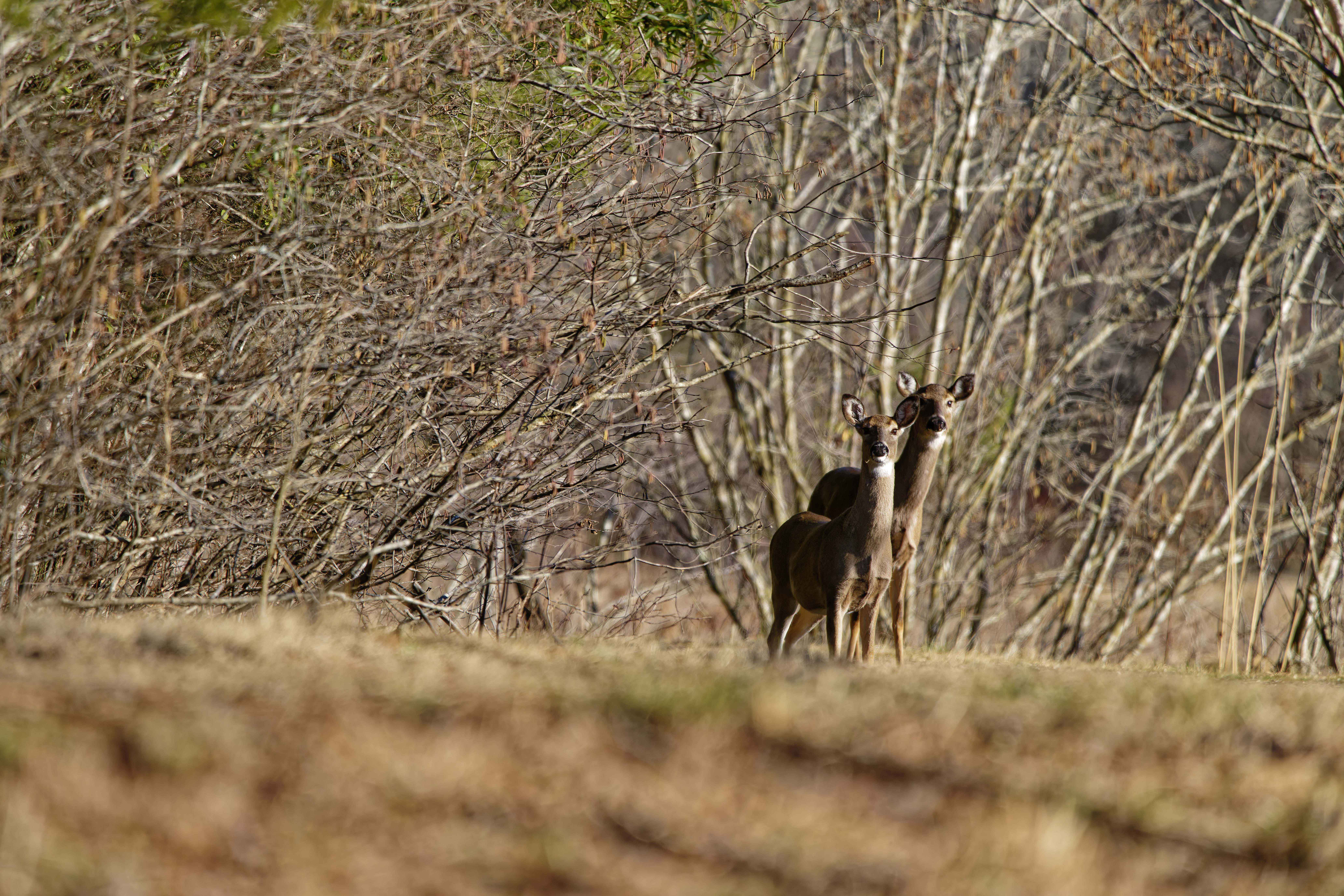Field Station
The mission of the University of Mississippi Field Station is to foster ecosystem stewardship by providing a natural laboratory and infrastructure for research, education and service, and by cultivating scientific information and understanding of upland watersheds in the lower Mississippi River Basin and similar habitats.
Office Location:
15 County Road 2078, Abbeville, MSPhone:
(662) 915-5479
- Home
- Departmental Directory
- Field Station and The Center for Water and Wetland Resources
Welcome to the Field Station

A Research and Education Facility
Designed to serve visiting faculty and students, public and private schools, government agencies and the broader community of the Mid-South
Field Station Staff
Scott Knight
- Director of the UM Field Station
Kim Frink Yarborough
- Operations Supervisor
Drew Ursic
- Resident Manager of the Field Station
Terry Welch
- Water Systems Coordinator
Facilities
An adjoining building at the Field Station house several offices and laboratories. Two 200-square-foot and three 500-square-foot laboratories have hoods and are suitable for studies utilizing chemicals. Also there is a 500-square-foot culturing laboratory, and a 400-square-foot aquarium room. Adjoining the offices is a 400-square-foot conference room suitable for a maximum of 15 to 20 people. A 1,900-square-foot greenhouse is available for use by researchers.
The primary teaching facility has a 1,450- square-foot auditorium, two 1,000-square-foot teaching laboratories, an 800-square-foot general office area and three small laboratory rooms, one with a hood.
A two-bedroom cabin with bath and kitchen is available for use by visiting students and researchers. There is also a small four-bunk cabin without utilities available for overnight use.
